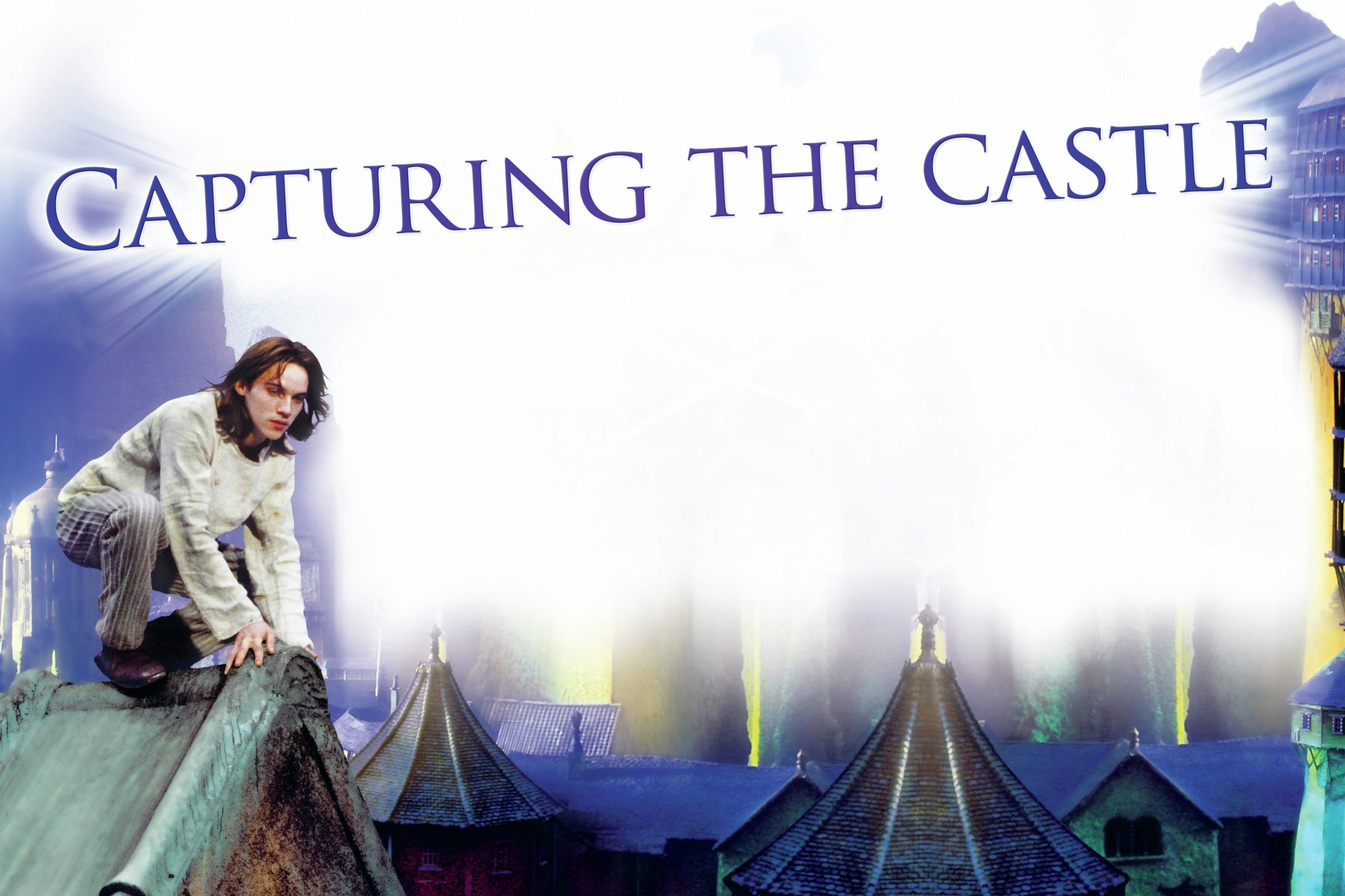
A central aspect of genre is its use of familiar motifs. Their appearance reassures the reader that a fictional world will emerge according to expectation and type. One of the most well known of these motifs is the Gothic castle, the characteristic physical features of which seem easy to list: dark in shade, medieval in its architectural features, characterised by pointed arches, flying buttresses and rib vaults, set above a nearby town or village in brooding watchfulness, distanced from the everyday world of society and community, internally complicated by labyrinthine corridors and staircases, likely to contain subterranean cellars and dungeons. Flaunting its power and spreading fear, the castle seems to represent both physically and metaphorically the darkness at the heart of the Gothic. And yet is the Gothic castle such an unchanging symbol as it first appears? Might what it represents alter as the context of its reception alters?
At the heart of genre, after all, lies ambiguity. Genres are not fixed in terms of their form and content — they mutate. In a sense, the Gothic is itself an admirable representation of this mutability, associated as it is with insubstantial things like ghosts and mists and shadows. The apparent solidity and immutability of the Gothic castle may, therefore, prove an illusion. This is especially so if it is viewed from a critical perspective that argues that readings of a text inevitably change over time.
Your organisation does not have access to this article.
Sign up today to give your students the edge they need to achieve their best grades with subject expertise
Subscribe




